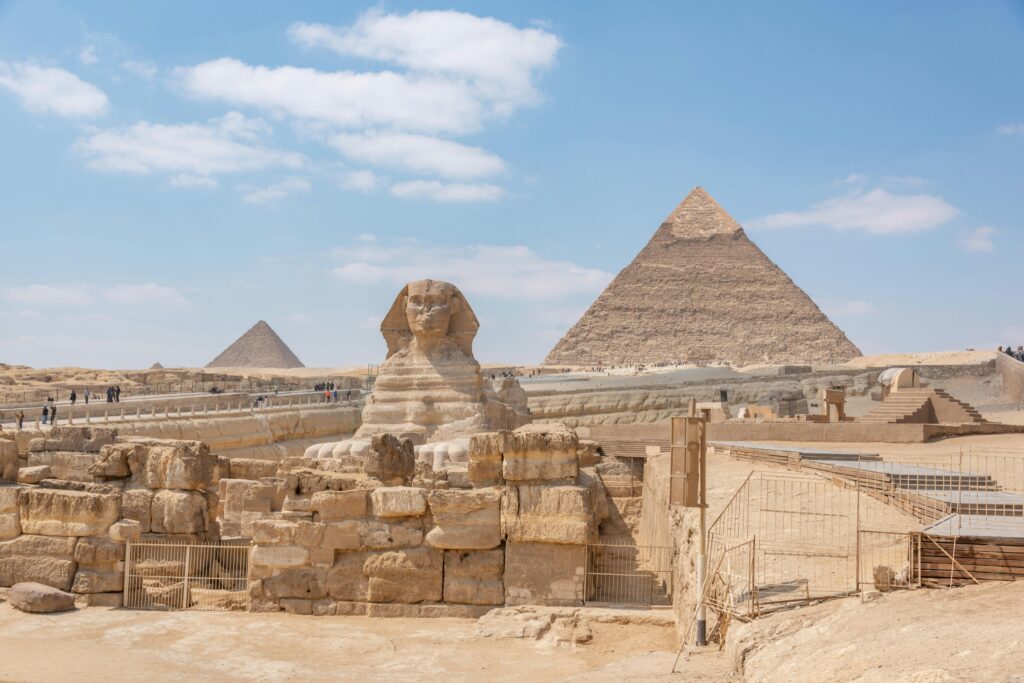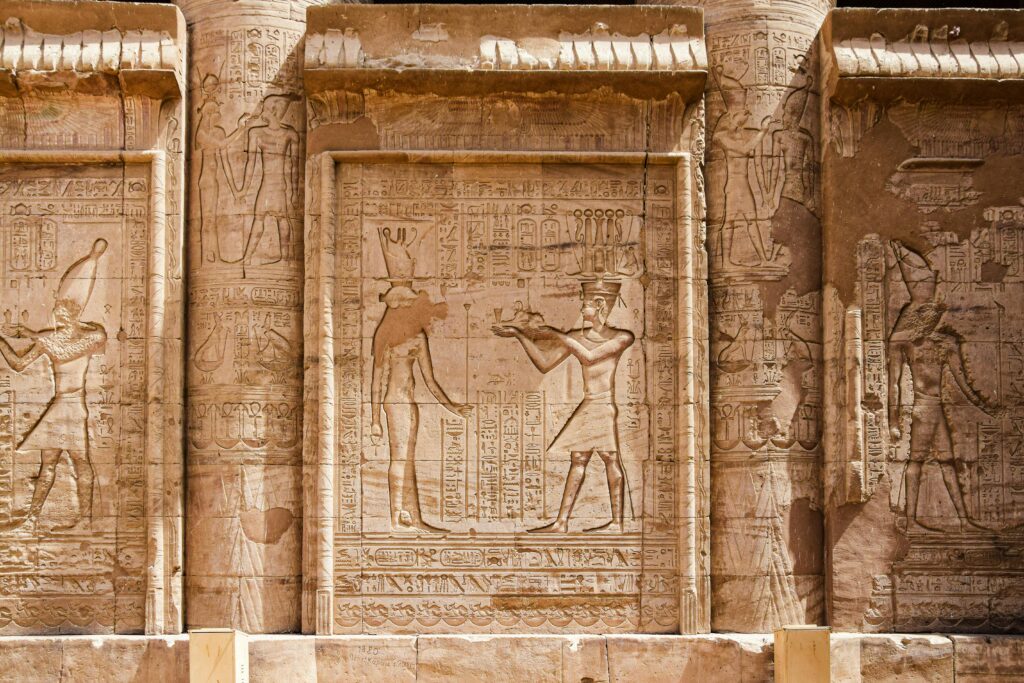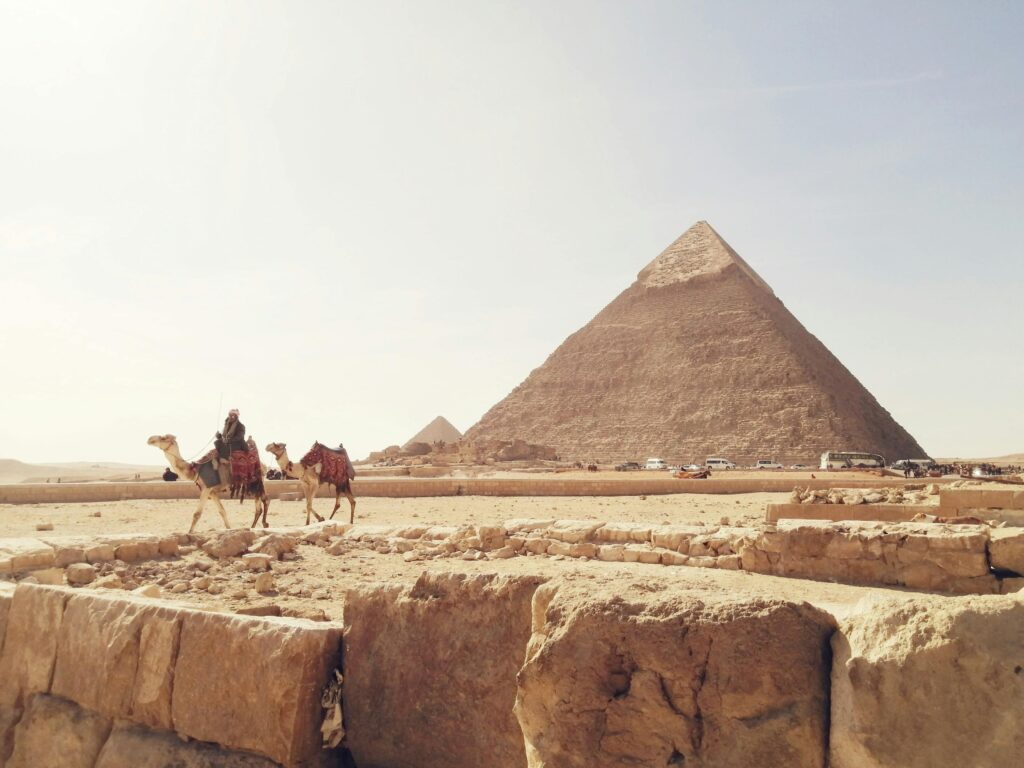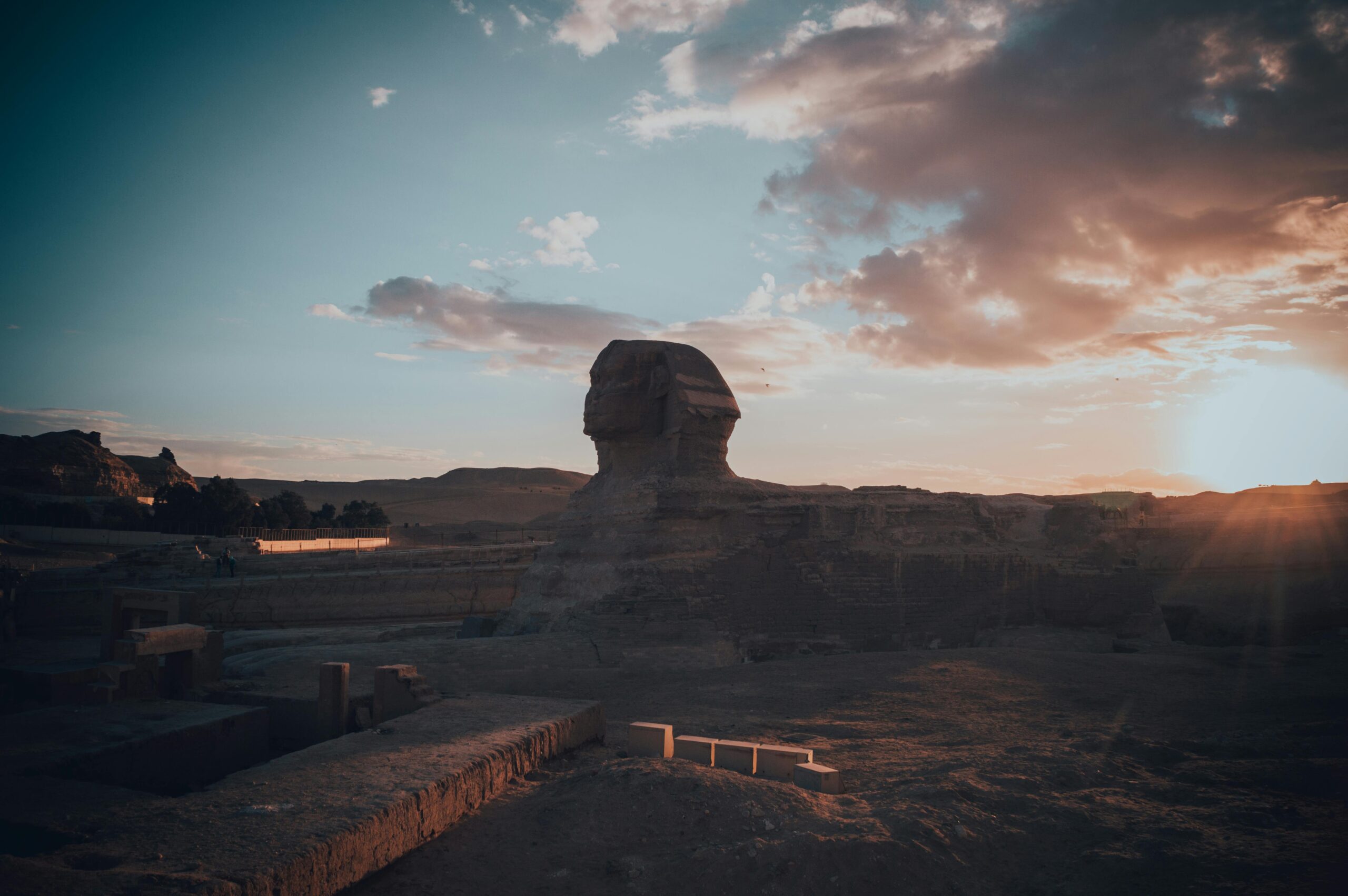A remarkable new discovery has electrified the archaeological world: a previously unknown tomb of Egyptian royalty has been uncovered, concealed behind a false door within a larger necropolis. The find not only adds a significant chapter to Egypt’s dynastic history but also unveils fresh insights into the funerary practices, political landscape, and architectural innovations of the era.

The Discovery: A Hidden Chamber in the Desert
The tomb was discovered by a joint team of Egyptian and international archaeologists near the Saqqara necropolis—an area known for its rich burial history spanning from the Old Kingdom to the Ptolemaic period. The false door, a symbolic architectural feature often used in ancient tombs as a “portal” between the living and the dead, in this case masked a literal hidden chamber—something rarely encountered in such intact condition.
Upon entry, researchers found:
- A royal sarcophagus carved from alabaster, bearing hieroglyphs identifying the occupant as a previously unrecorded member of the 5th Dynasty royal family.
- Wall reliefs and paintings depicting ceremonial offerings, scenes of court life, and rare astronomical motifs.
- Artifacts including jewelry, amulets, and sealed canopic jars, some containing traces of mummified organs.
Why This Find Matters
- Unknown Royal Identity:
The tomb belonged to an elite female figure—possibly a daughter or consort of Pharaoh Nyuserre—whose name appears in partially deciphered inscriptions. This suggests previously undocumented family ties within the dynasty. - Ritual Symbolism:
The false door’s concealment of an actual entryway challenges previous assumptions that these features were strictly symbolic. It may indicate an era-specific ritual or political motive for hiding tomb access. - Astronomical Significance:
The ceiling is painted with star charts and lunar deities, hinting at the deceased’s spiritual alignment and possibly contributing to early celestial tracking practices. - Exceptional Preservation:
Unlike many tombs looted in antiquity, this chamber remained sealed for over 4,000 years, preserving organic materials and pigments critical for modern analysis.

Technological Tools Used
- Ground-penetrating radar (GPR) identified voids behind the necropolis wall.
- Photogrammetry and 3D scanning allowed for non-invasive documentation of the tomb’s layout.
- DNA analysis of recovered remains is underway, with hopes of linking the occupant to known royal lineages.
Frequently Asked Questions
Q: What is a “false door” in Egyptian tombs?
A: A false door is a symbolic element meant to allow the soul of the deceased to interact with offerings and the world of the living. In this case, it also functioned as a physical entryway.
Q: Why was the tomb hidden?
A: The reason remains speculative—it may have been a security measure against grave robbers, a political statement, or a religious innovation tied to esoteric beliefs.
Q: What makes this tomb different from others?
A: Its combination of symbolic deception, rare artwork, and pristine condition sets it apart from other royal tombs in Saqqara.
Q: Can the public visit the site?
A: Not yet. The area remains under excavation and conservation. Egypt’s Ministry of Antiquities may open a replica exhibit in Cairo or the Grand Egyptian Museum.
Q: What happens to the artifacts?
A: Artifacts will undergo preservation and analysis before being displayed in Egypt’s national museums.

This remarkable find underscores Egypt’s inexhaustible potential to reshape our understanding of ancient civilizations. Behind a simple stone façade lay centuries of forgotten history—now brought to light by science, persistence, and just the right stroke of archaeological luck.
Sources Fox News


